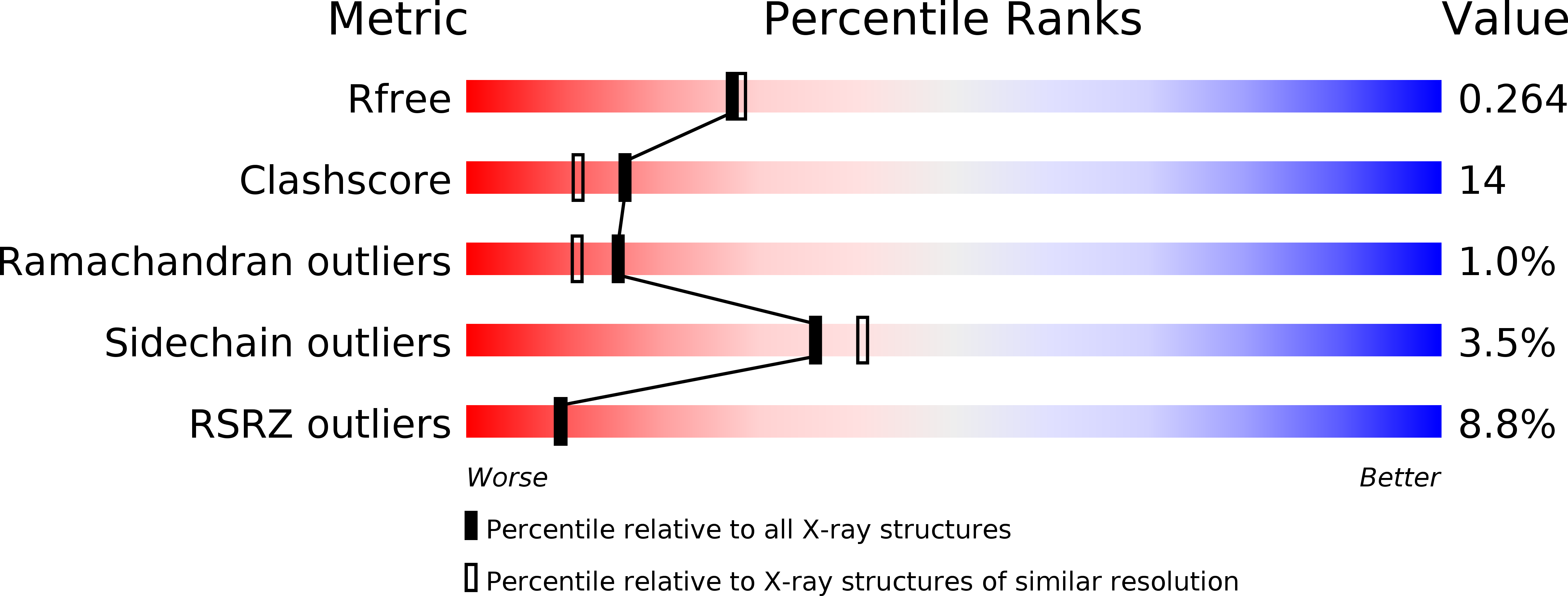
Deposition Date
2004-01-08
Release Date
2004-03-30
Last Version Date
2024-02-14
Entry Detail
Biological Source:
Source Organism:
Lactobacillus helveticus (Taxon ID: 1587)
Host Organism:
Method Details:
Experimental Method:
Resolution:
2.24 Å
R-Value Free:
0.26
R-Value Work:
0.23
R-Value Observed:
0.23
Space Group:
P 43 21 2


